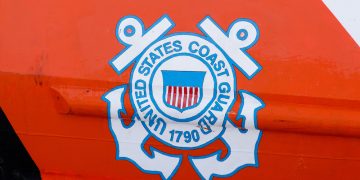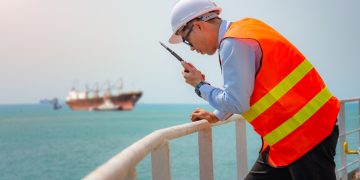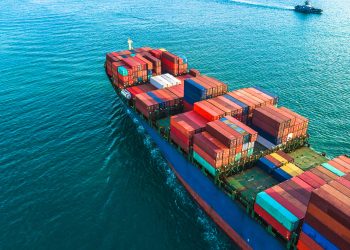The Bridge Emergency Reference Cards have been published by the Joint Maritime Information Center (JMIC), and the Combined Maritime Forces (CMF), to provide essential emergency procedures for vessels transiting the Middle East.
In light of the attacks occurring in the Red Sea and Gulf of Aden, driven by complex geopolitical issues in the region, organizations have issued guidance aimed at mitigating the risks posed by attacks by Yemen’s Houthis. This advice outlines several key considerations to enhance safety and security in maritime operations:
Considerations before entering a threat area
Implement security measures in accordance with the mitigations prescribed in the risk assessment.
Brief the crew and conduct drills
- Brief the crew on preparations
- Conduct drills with mitigations in place
- Review emergency plans and ensure all crew are aware of their duties
- Ensure familiarity with the alarm signals for an attack and an “all-clear” situation
Check
- Essential equipment tested and available
- Hardening in place, including the security of all access points
- Lockdown conditions including watertight doors in machinery spaces, considering crew safety
- Bridge team’s security knowledge and crew awareness
- Crew’s response to different threats
Reschedule planned maintenance of voyage-critical equipment for transit through areas of increased threat and determine reporting requirements.
Emergency communication plan
- Prepare and test an emergency communication plan with essential contact numbers and prepared messages
- Display communication plans near all external communication stations, including the safe muster point and/or the citadel
- Test communication devices and the Ship Security Alert System (SSAS)
- Consider the provision of a “safe word” held by selected crew for communication authentication with officials
AIS policy
- Review in detail the company AIS policy for operating in threat areas
- Consider the safety and security implications of broadcasting AIS
- If AIS is turned OFF, consider altering course and speed to minimize tracking by dead reckoning
- If AIS is ON, consider limiting data to ship’s identity, position, course, speed, navigational status, and safety-related information
Communications policy
- Control external communications (especially social media)
Considerations while in an area of increased threat
- Submit reports as per regional guidance and if stipulated in any charter agreement
- Monitor the latest threat information
- Regular checks of all mitigations and especially control of all access points
- Avoid drifting, waiting, anchoring, and slow steaming whenever possible
- Minimize the use of VHF
- Prefer email or secure satellite phone communications
- Only respond to known or legitimate callers on VHF, considering the possibility of imposters
- Maintain social media hygiene (photographs and information on social media can provide details on the vessel’s location, intent, and operations)
- Submit ship’s stability condition daily to the Company































































